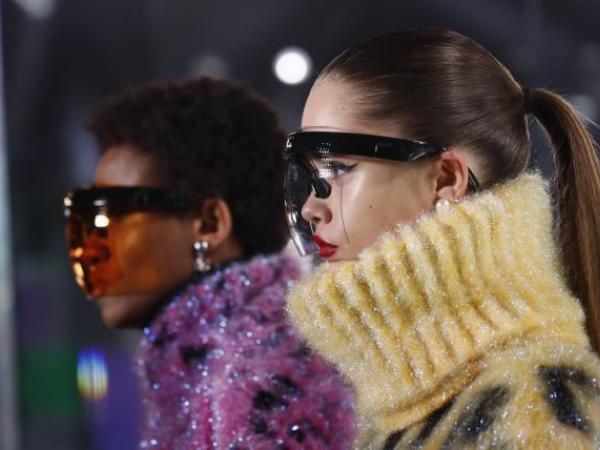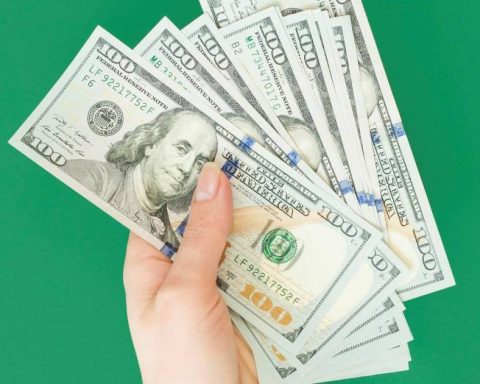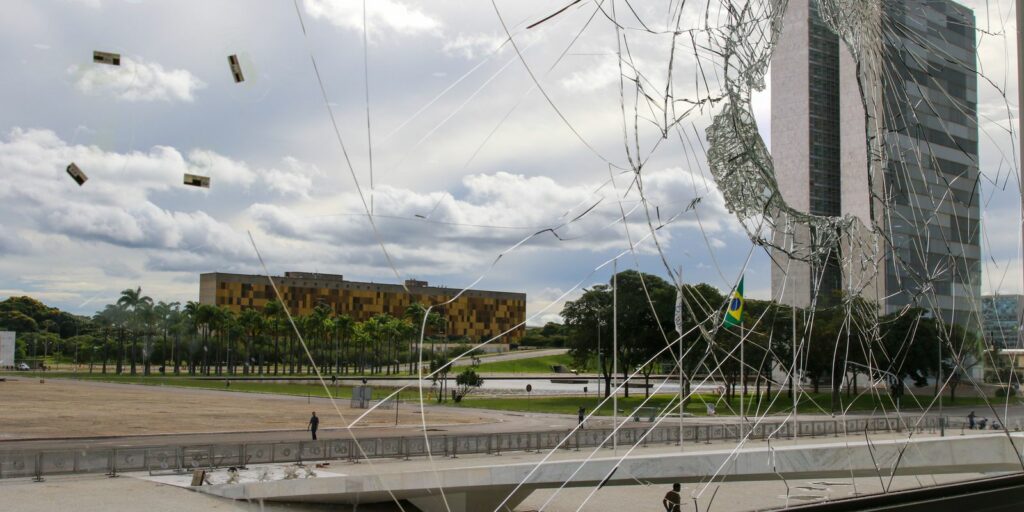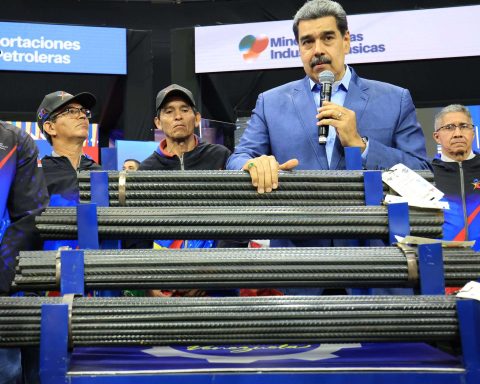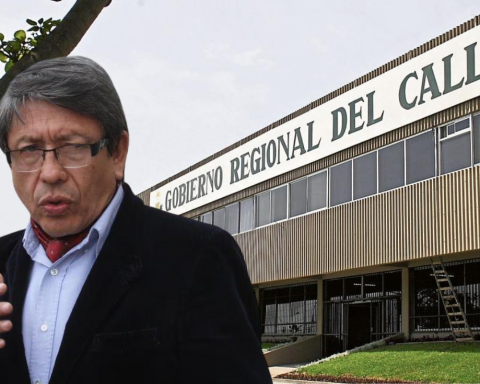The economy is marked by cycles, just like history, and therefore it is not surprising that over the years economists have sought correlations in cultural and social phenomena, among them, Fashion.
(Read: ‘Ultra-luxury’ homes have prices starting at $576 million).
Facing 2023, a year in which a marked slowdown in the global and local economy is expected, an indicator that has come to light again is the lipstick index, a theory coined by the American economist Leonard Lauder at the turn of the century, who argues that Lipstick sales tend to rise in tough economic periods.
“Fashion can be seen as a market, which reacts to prices, and luxury goods can be thought of that in times of crisis may behave differently”, explains María de Pilar López, economist and historian and professor at the Universidad de los Andes. However, she clarifies that these types of studies may not have broad academic support.
López refers that a series of variables must be looked at, such asor the prices, the type of product and the association to stationary cycles.
According to the Grand View Research report, Globally, the cosmetics industry moved more than US$254,000 million in 2021and by 2028 it is expected to increase to US$363 billion.
The economist Andrés Langebaek explains that in times of crisis it is possible see a shift in preferences towards lower volume productsfor an intention of austerity.
(Also: ‘In the shadow’, Harry’s success that reveals royal data).
“In situations like Colombia, where inflation is high and growth is going to be lower, there are some trends that can be seen, such as products arriving in smaller packages.“, He says.
There are many doubts about the certainty of these theories. However, some companies view their businesses optimistically in a year of crisis. Claudia Piedrahita, CEO for Colombia of the Brazilian cosmetics brand Ruby Rose, assures that the projections are good, after billing around $16.5 billion last year in the country.
“By the end of 2023 we hope to have more franchises, increase our participation in catalog sales, innovate with new credit purchase models, create physical experience centers since we have been a solely digital brand,” he mentions.
Import of textiles and clothing.
Now, another old-fashioned indicator in fashion economics is the hemline index, which suggests that the length of skirts and dresses rises or falls hand in hand with stock prices.
(Keep reading: The figures that put the signing of Juan Fernando Quintero at risk).
The economist George Taylor established in 1926 that in periods of economic boom the skirts could be shorter, as in the 1920s, and later in the 1960s, while in recession scenarios, such as the Great Depression in 1929, the length of these presses becomes longer.
This, according to Taylor, was related to the purchasing power of women, who in the face of thriving situations psummed up his ability to acquire a variety of stockingsor waxing, while in the face of the complexity of the crises his aesthetics were more modest.
“The way in which people consume is directly related to how they feel at the moment or to their context. From topics such as the selection of the color of the year or trends, everything is correlated with the economy”, assures Maite Cantero, Inexmoda research coordinator.
According to the expert, fears have a direct impact on the way we consume, which is why more or less is spent on certain products.
“Throughout history we have seen changes, as happened with the jean, a textile that was used for endowments and became the fashionable garment; or skirts, which in the 60s were directly related to body awareness, or Chanel, who interpreted and redesigned the post-war women’s wardrobe to be able to go to work. Fashion and the economy go hand in hand”, says Cantero.
LAURA LUCIA BECERRA ELEJALDE
